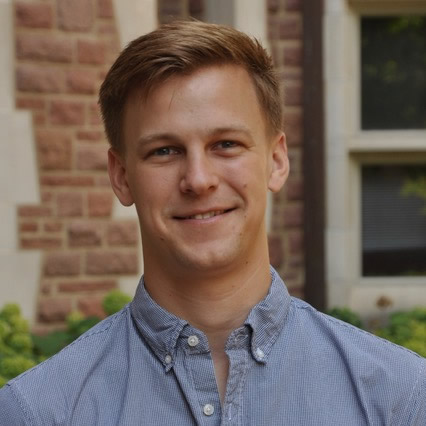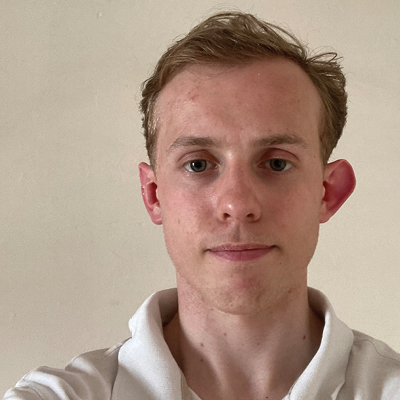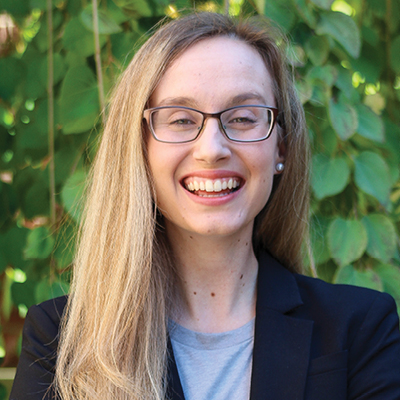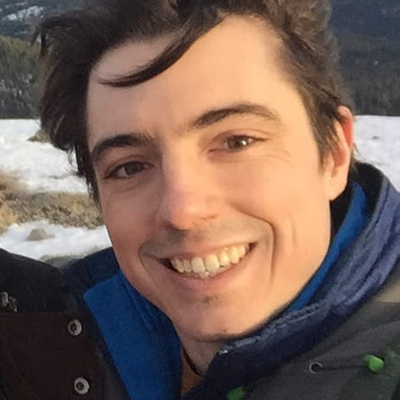
Carney-affiliated trainees Michael Freund, Joshua Hewson, Alana Jaskir and Daniel Scott were announced as the winners of the second annual BRAINSTORM Challenge during an awards ceremony, held on June 18 in Sidney Frank Hall. The group received a cash prize of $5,000 and will continue to collaborate with Dr. Wael Asaad, a professor of neurosurgery and neuroscience and the Sidney A. Fox and Dorothea Doctors Fox Professor of Ophthalmology and Visual Science, to study a dataset that has implications for understanding memory and epilepsy.
The BRAINSTORM Challenge is a flagship event of the BRAINSTORM Program within Carney’s Center for Computational Brain Science. The BRAINSTORM Program encourages and enables the institute's faculty and researchers–spanning fundamental neuroscience, engineering, computation, theory and clinical medicine–to pursue commercialization of discoveries in any area of brain science with potential for significant societal impact and commercial viability. The BRAINSTORM Challenge focuses on the next generation of science-focused innovators, challenging students to tackle a clinical dataset from a Carney-affiliated lab to try to answer important questions about a pressing real-world problem.
“Our goal is to speed the ‘bench to bedside’ research process by inviting students and clinical investigators to work collaboratively together,” said Professor Frederike Petzschner, who co-directs the BRAINSTORM Program alongside Director of the Center for Computational Brain Science Michael Frank. “This initiative takes datasets that already exist and turns young minds loose on them.”

The focus of this year’s challenge was to glean information about how the brain encodes memory–an area which has important implications for the treatment of conditions like epilepsy. Asaad’s lab provided BRAINSTORMers with rare intracranial SEEG data taken from multiple subjects with severe epilepsy, who experience short and long-term memory difficulties as a result of seizures.
SEEG, short for stereoelectroencephalography, is a surgery where brain scientists place electrodes in a patient’s brain in order to locate, assess and treat areas where seizures originate. Asaad’s team collected this SEEG data during an assessment experiment where researchers showed patients a series of iconic video clips twice in succession. The second time patients watched the clips, researchers placed a dot somewhere different in the frame of each clip, and then asked patients to recall the position of the dot. To get at information about participants’ long-term memory, researchers asked participants these same questions after they had a night’s sleep.
Five to six groups of BRAINSTORMers approached the dataset asking different research questions based on their training backgrounds. Freund, Hewson, Jaskir and Scott–with training in cognitive neuroscience, computational neuroscience and data science–focused on uncovering how activity in the hippocampus and prefrontal cortex relates to successful encoding of memory. The team was able to isolate neural signatures across these two brain regions from SEEG recordings of the moments a patient was asked to recall where the dot was. These neural signatures changed dramatically depending on whether the patient successfully remembered the dot’s position or not.
“You may have isolated an attempt at memory here,” Asaad said during the awards ceremony, pointing to an unusual but plainly visible pattern in their recorded data. “There’s a very slight difference in what’s going on and yet it’s creating a very big difference in the neural activity. Most things we find are not that obvious.”

As both a clinician and a research scientist working to help patients suffering from the immediate effects of debilitating seizures, Asaad explained, he ends up with more data than his own team has the resources to explore. The Challenge represents an opportunity to gain new and innovative insights into this data. The winning team’s findings have already helped him to refine the protocol of his experiment, and the group will continue to work with him as he gathers more information from new patients.
“One of our patients’ primary complaints is memory. I’m hopeful our continuing collaboration with BRAINSTORM can help establish benchmarks for performance at this memory task,” Asaad said.
“Through the Challenge, by collaborating with each other and with Dr. Asaad, we learned a number of practical skills for handling clinical data, along with the unique strengths and difficulties of working with patient populations. We’re excited to continue refining our experimental tasks and sharpening the results of our analyses,” said team member Daniel Scott.
As a next step, the group intends to turn their focus from memory encoding–the moment when the patient is trying to memorize where the dot is while being shown the video clip–to memory consolidation, which transfers a memory from short term to long term memory and is thought to take place during sleep. The team will look at the final components of Asaad’s dataset, particularly the SEEG data recorded while patients were sleeping, to try to identify moments when the sleeping patient’s brain replays a memory of a video clip with a dot in it. Hippocampal replay, the recurrence of a sequence of cell activations in the hippocampus that first take place when a subject is awake, is believed to play a major role in how short-term memories get converted into long-term memory. As part of the Challenge’s programming, Carney hosted Matthijs van der Meer, an associate professor of psychological and brain sciences at Dartmouth and a world expert in detecting hippocampal replay in SEEG data. Freund, Hewson, Jaskir and Scott will draw on van der Meer’s lecture as well as a toolbox he developed as they continue to move the work forward.
Another win to come out of the second BRAINSTORM Challenge was striking evidence the event is enriching the entire Brown brain science community. Postdoctoral scientist Chad Williams, the organizer of the Challenge and a finalist of the first BRAINSTORM Challenge, noted that the participants of last year’s Challenge returned to help this year’s participants get up to speed on topics like machine learning, SEEG and data processing.

“There is so much good in this–just sitting down together and working together with diverse backgrounds and diverse labs,” Williams said. “We don’t do this in academia enough. We hope the Challenge will encourage more events like this within and without Brown.”